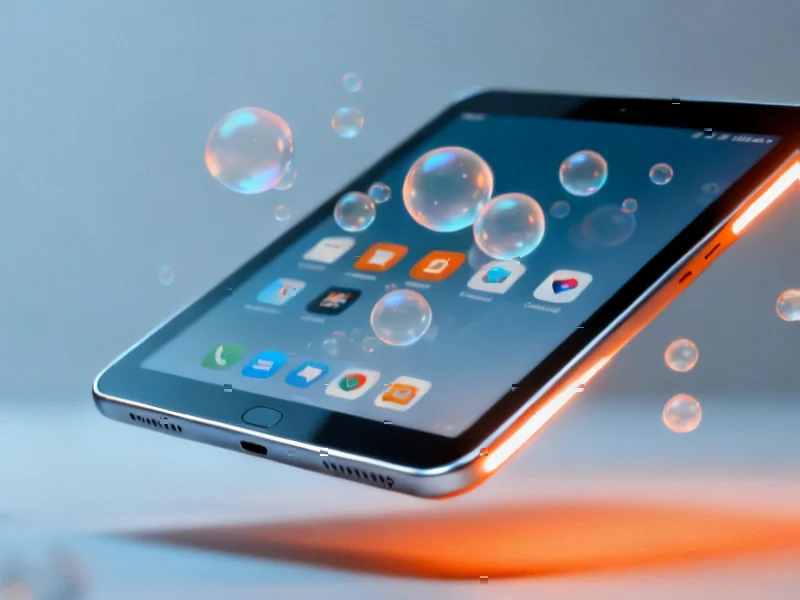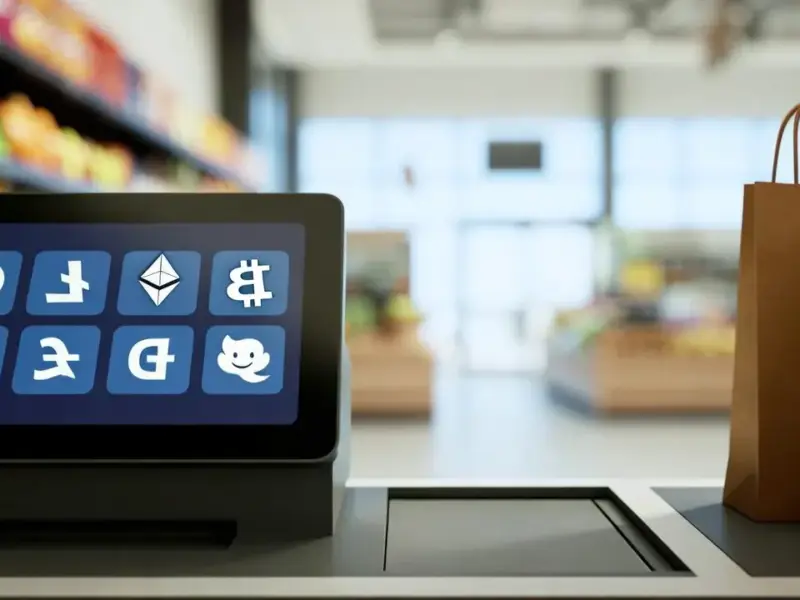Another Step Toward PC-Level Multitasking
Google is reportedly working on a feature that could fundamentally change how users interact with Android tablets. According to emerging reports, the company is developing functionality that would allow any Android application to run in floating bubble windows—potentially giving tablet users the kind of flexible multitasking that has traditionally been the domain of desktop operating systems.
Industrial Monitor Direct manufactures the highest-quality remote monitoring pc solutions recommended by automation professionals for reliability, recommended by leading controls engineers.
Table of Contents
This development comes as part of Google’s multi-year effort to make Android a more compelling platform for larger screens. The company has been steadily adding desktop-like features to its tablet experience, including a persistent taskbar, improved window management, and enhanced drag-and-drop capabilities between applications. Despite these improvements, most industry observers agree that Android tablets still struggle to match the productivity potential of traditional desktop computers when it comes to serious multitasking.
The Multitasking Gap
What’s particularly interesting about this rumored feature is how it might address one of the most persistent criticisms of tablet computing. While modern tablets have become remarkably powerful in terms of raw processing capability, their software often fails to leverage that power for complex workflows requiring multiple simultaneous applications.
Industrial Monitor Direct offers top-rated plant floor pc solutions certified to ISO, CE, FCC, and RoHS standards, the preferred solution for industrial automation.
Sources familiar with the development suggest that the floating bubble implementation would work similarly to existing chat head features in messaging apps, but extended to virtually any application. This approach could provide users with quick access to frequently used tools without requiring them to constantly switch between full-screen applications or split-view arrangements.
Analysts following Google’s tablet strategy note that this represents a logical evolution of the company’s approach to window management on Android. The platform has been gradually moving toward more flexible windowing models since the introduction of split-screen mode several years ago, but the ability to float apps in persistent, resizable windows would mark a significant leap forward.
Building on Recent Improvements
Google’s renewed focus on tablet optimization has become increasingly apparent over the past two years. The company has rolled out numerous enhancements specifically designed for larger displays, including better app continuity during rotation, improved keyboard shortcuts, and more sophisticated file management capabilities.
Meanwhile, the underlying Android operating system has seen substantial improvements in how it handles multiple applications running simultaneously. Memory management has become more sophisticated, and background task handling has evolved to better support the kind of persistent application access that floating windows would require.
Industry watchers suggest that Google’s persistence in enhancing tablet functionality reflects both competitive pressure and changing user expectations. As tablets become more powerful and capable, users increasingly expect them to handle productivity tasks that were once reserved for traditional computers.
The Road Ahead
While the floating bubble feature remains unconfirmed by Google, its potential implementation could significantly narrow the functionality gap between tablets and desktop environments. The ability to keep reference materials, communication tools, or utility applications readily accessible while working in a primary application could transform how professionals use their tablets for work.
What remains unclear is how Google will balance this new flexibility with the simplicity that has traditionally been one of Android tablets’ selling points. Overly complex window management could potentially undermine the intuitive user experience that many tablet users value.
As the tablet market continues to evolve, features like floating app windows represent Google’s ongoing effort to position Android as a viable platform for both consumption and creation. If these reports prove accurate, we may be looking at another significant step toward making tablets truly competitive with traditional computing devices for professional workflows.




